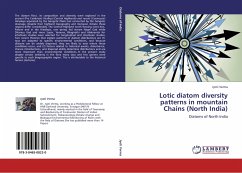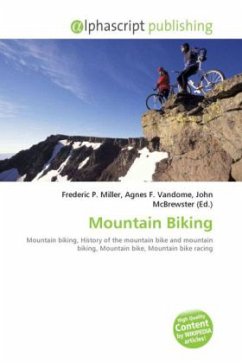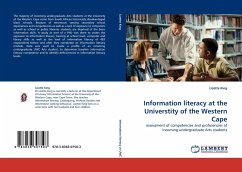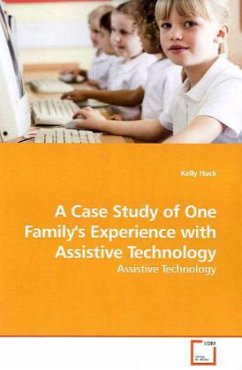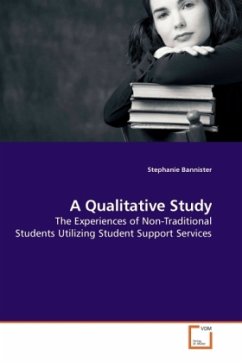
A Study of Sarcoid Tumours in Cape Mountain Zebra (Equus zebra zebra)
A study looking at the prevalence, body distribution and histopathology of sarcoids in endangered Cape Mountain Zebra in South Africa
Versandkostenfrei!
Versandfertig in 6-10 Tagen
32,99 €
inkl. MwSt.

PAYBACK Punkte
16 °P sammeln!
The equine sarcoid, a locally aggressive,fibroblastic skin tumour, is the most common skinneoplasm reported in horses. The Cape mountain zebra(CMZ) has been described as one of the mostvulnerable mammals in South Africa. Thepossibility exists that the existing populationsarose from a very small gene pool and that they areconsiderably inbred. A reduction in majorhistocompatibility complex diversity due to geneticbottlenecks and subsequent inbreeding probablycontributed to uniform population sensitivity and thesubsequent development of sarcoid in two CMZpopulations, namely in the Bontebok Nation...
The equine sarcoid, a locally aggressive,
fibroblastic skin tumour, is the most common skin
neoplasm reported in horses. The Cape mountain zebra
(CMZ) has been described as one of the most
vulnerable mammals in South Africa. The
possibility exists that the existing populations
arose from a very small gene pool and that they are
considerably inbred. A reduction in major
histocompatibility complex diversity due to genetic
bottlenecks and subsequent inbreeding probably
contributed to uniform population sensitivity and the
subsequent development of sarcoid in two CMZ
populations, namely in the Bontebok National Park and
Gariep Nature Reserve. The entire population of CMZ
in the Bontebok National Park was observed and
sampled during 2002 to document the prevalence and
body distribution of sarcoids. During the same year,
a comparative study was carried out on an outbred
population of Burchell s zebra in the Kruger National
Park. The prevalence in CMZ in the Bontebok National
Park was 53 %, while the Burchell s zebra in Kruger
National Park had a prevalence of 1,9 %. The most
common sites for sarcoid in CMZ were the ventral
abdomen and limbs.
fibroblastic skin tumour, is the most common skin
neoplasm reported in horses. The Cape mountain zebra
(CMZ) has been described as one of the most
vulnerable mammals in South Africa. The
possibility exists that the existing populations
arose from a very small gene pool and that they are
considerably inbred. A reduction in major
histocompatibility complex diversity due to genetic
bottlenecks and subsequent inbreeding probably
contributed to uniform population sensitivity and the
subsequent development of sarcoid in two CMZ
populations, namely in the Bontebok National Park and
Gariep Nature Reserve. The entire population of CMZ
in the Bontebok National Park was observed and
sampled during 2002 to document the prevalence and
body distribution of sarcoids. During the same year,
a comparative study was carried out on an outbred
population of Burchell s zebra in the Kruger National
Park. The prevalence in CMZ in the Bontebok National
Park was 53 %, while the Burchell s zebra in Kruger
National Park had a prevalence of 1,9 %. The most
common sites for sarcoid in CMZ were the ventral
abdomen and limbs.



